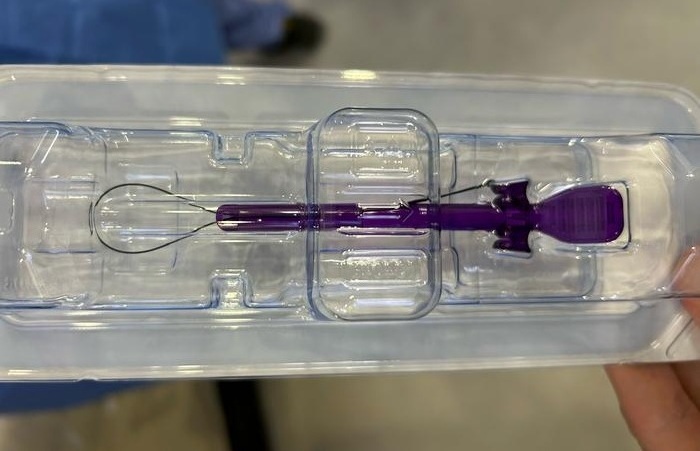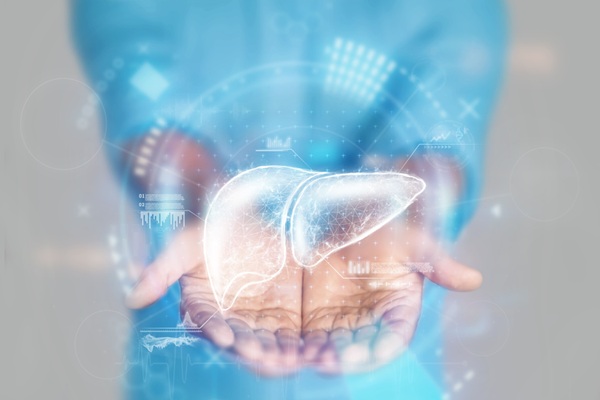AI Pain Recognition System Detects Patients’ Pain Before, During and After Surgery
|
By HospiMedica International staff writers Posted on 16 Oct 2023 |

Early identification and timely management of pain in patients can lead to shorter hospital stays and reduce the risk of long-term issues like chronic pain, anxiety, and depression. At present, medically assessing pain is largely subjective, relying on tools like the Visual Analog Scale (VAS), where patients rate their own pain levels, and the Critical-Care Pain Observation Tool (CPOT), where healthcare professionals evaluate pain through patients' facial expressions, body movements, and muscle tension. Now, an automated pain recognition system that uses artificial intelligence (AI) has the potential to detect pain in patients before, during, and after surgery in an unbiased manner.
The automated pain recognition system developed by researchers at the University of California San Diego (La Jolla, CA, USA) employs two kinds of AI: computer vision to give the computer the ability to "see," and deep learning to interpret those visual inputs and evaluate pain levels in patients. The researchers fed the AI model with 143,293 facial pictures taken from 69 patients undergoing a variety of elective surgeries, ranging from joint replacements to intricate heart procedures. These images were associated with 115 episodes of pain and 159 episodes without pain. The team trained the computer by showing it each individual facial image and labeling it as representing pain or not, allowing the machine to start recognizing patterns. Heat maps revealed that the AI focused on specific facial areas like the eyebrows, lips, and nose to assess pain.
After sufficient training, the system began making predictions of the pain levels, and its results were aligned with CPOT assessments 88% of the time and with VAS assessments 66% of the time. If these findings are validated, the technology could serve as an additional resource for doctors aiming to enhance patient care. For instance, cameras could be installed in surgical recovery rooms to continuously monitor pain levels of patients, capturing 15 images per second. This could free nurses and other healthcare professionals from having to frequently assess the patient’s pain, allowing them to concentrate on other care tasks. Future iterations of the system could incorporate additional factors like movement and sound for more accurate pain evaluation.
“Traditional pain assessment tools can be influenced by racial and cultural biases, potentially resulting in poor pain management and worse health outcomes,” said Timothy Heintz, B.S., lead author of the study and a fourth-year medical student at the University of California San Diego. “Further, there is a gap in perioperative care due to the absence of continuous observable methods for pain detection. Our proof-of-concept AI model could help improve patient care through real-time, unbiased pain detection.”
“The VAS is less accurate compared to CPOT because VAS is a subjective measurement that can be more heavily influenced by emotions and behaviors than CPOT might be,” added Heintz. “However, our models were able to predict VAS to some extent, indicating there are very subtle cues that the AI system can identify that humans cannot.”
Related Links:
University of California San Diego
Channels
Surgical Techniques
view channel
New Study Findings Could Halve Number of Stent Procedures
When a coronary artery becomes acutely blocked during a heart attack, opening it immediately is essential to prevent irreversible damage. However, many patients also have other narrowed vessels that appear... Read more
Breakthrough Surgical Device Redefines Hip Arthroscopy
Hip arthroscopy has surged in popularity, yet surgeons still face major mechanical constraints when navigating deep joint spaces through traditional cannulas. Limited tool mobility and the need for an... Read morePatient Care
view channel
Revolutionary Automatic IV-Line Flushing Device to Enhance Infusion Care
More than 80% of in-hospital patients receive intravenous (IV) therapy. Every dose of IV medicine delivered in a small volume (<250 mL) infusion bag should be followed by subsequent flushing to ensure... Read more
VR Training Tool Combats Contamination of Portable Medical Equipment
Healthcare-associated infections (HAIs) impact one in every 31 patients, cause nearly 100,000 deaths each year, and cost USD 28.4 billion in direct medical expenses. Notably, up to 75% of these infections... Read more
Portable Biosensor Platform to Reduce Hospital-Acquired Infections
Approximately 4 million patients in the European Union acquire healthcare-associated infections (HAIs) or nosocomial infections each year, with around 37,000 deaths directly resulting from these infections,... Read moreFirst-Of-Its-Kind Portable Germicidal Light Technology Disinfects High-Touch Clinical Surfaces in Seconds
Reducing healthcare-acquired infections (HAIs) remains a pressing issue within global healthcare systems. In the United States alone, 1.7 million patients contract HAIs annually, leading to approximately... Read moreHealth IT
view channel
EMR-Based Tool Predicts Graft Failure After Kidney Transplant
Kidney transplantation offers patients with end-stage kidney disease longer survival and better quality of life than dialysis, yet graft failure remains a major challenge. Although a successful transplant... Read more
Printable Molecule-Selective Nanoparticles Enable Mass Production of Wearable Biosensors
The future of medicine is likely to focus on the personalization of healthcare—understanding exactly what an individual requires and delivering the appropriate combination of nutrients, metabolites, and... Read moreBusiness
view channel
Philips and Masimo Partner to Advance Patient Monitoring Measurement Technologies
Royal Philips (Amsterdam, Netherlands) and Masimo (Irvine, California, USA) have renewed their multi-year strategic collaboration, combining Philips’ expertise in patient monitoring with Masimo’s noninvasive... Read more
B. Braun Acquires Digital Microsurgery Company True Digital Surgery
The high-end microsurgery market in neurosurgery, spine, and ENT is undergoing a significant transformation. Traditional analog microscopes are giving way to digital exoscopes, which provide improved visualization,... Read more
CMEF 2025 to Promote Holistic and High-Quality Development of Medical and Health Industry
The 92nd China International Medical Equipment Fair (CMEF 2025) Autumn Exhibition is scheduled to be held from September 26 to 29 at the China Import and Export Fair Complex (Canton Fair Complex) in Guangzhou.... Read more














